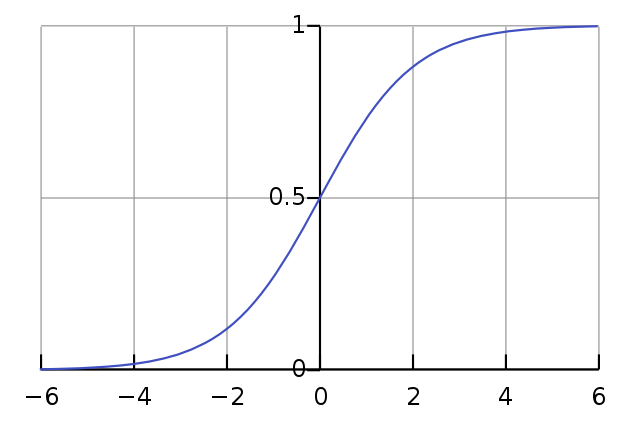Introduction to Deep Learning with PyTorch
Chapter 3: PyTorch Tensors
Let's play with tensors!
Addition and multiplication
With a scalar
Once again, as with numpy arrays, it is easy to add, multiply, subtract and divide by a constant all the components of a tensor:
import torch
tensor = torch.Tensor([[1, 2],
[3, 4]])
tensor_add_item = tensor + 5
tensor_multiply_item = tensor / 2
...
print(tensor_add_item, tensor_multiply_item)
With another tensor
And you can add, multiply, subtract, divide tensors together:
import torch
tensor = torch.Tensor([[1, 2],
[3, 4]])
tensor_add = tensor + tensor
tensor_multiply = tensor * tensor
...
print(tensor_add, tensor_multiply)
Even better, you can easily apply an operation to all the sub-tensors of a tensor. For example:
import torch
tensor = torch.Tensor([[1, 2],
[3, 4]])
row_tensor = torch.Tensor([1, 2])
tensor_subtract = tensor - row_tensor
print(tensor_subtract)
Other mathematical operations
The torch library provides several mathematical functions that can be applied to all elements of a tensor. For
example:
import torch
tensor = torch.Tensor([[1, 2],
[3, 4]])
tensor_exp = torch.exp(tensor)
tensor_log = torch.log(tensor)
... # Every single function you could imagine.
print(tensor_exp, tensor_log)
Other statistical operations
There are also plenty of statistical operations available: min, max, mean, … For example:
import torch
tensor = torch.Tensor([[1, 2],
[3, 4]])
tensor_min = torch.min(tensor)
tensor_max = torch.max(tensor)
tensor_mean = torch.mean(tensor)
... # Every single mathematical function you could imagine.
print(tensor_min, tensor_max, tensor_mean)
In practice, you will mostly apply those operations on a single axis. For instance, with the tensors above, we could find the minimal element for each row, or for each column.
import torch
tensor = torch.Tensor([[1, 2],
[3, 4],
[5, 6]]) # shape = (3, 2)
tensor_mean_row = torch.mean(tensor, dim=0) # shape = (2,) Averaging over 1st dimension (along columns)
tensor_mean_col = torch.mean(tensor, dim=1) # shape = (3,) Averaging over 2nd dimension (along rows)
print(tensor_mean_row, tensor_mean_col)
Exercise
Logistic Function
We define the logistic function \sigma(\cdot) as: \sigma (x) = \dfrac{1}{1 + e^{-x}}
This function presents relevant properties:
- \forall x, \: 0 < \sigma (x) < 1
- \lim_{x \rightarrow -\infty} \sigma (x) = 0
- \lim_{x \rightarrow +\infty} \sigma (x) = 1
Those properties make it suitable to model probabilities.

Implement a function logistic, applying the above function to all elements of a tensor.
def logistic(tensor):
"""
Args:
tensor (torch.Tensor)
Return:
logistic_tensor (torch.Tensor) : resulting tensor after having applied the logistic function to all elements of tensor.
"""
def logistic(tensor):
"""
Args:
tensor (torch.Tensor)
Return:
logistic_tensor (torch.Tensor) : resulting tensor after having applied the logistic function to all elements of tensor.
"""
return 1 / (1 + torch.exp(-1 * tensor))
Mean of Tensors
Implement a function mean_tensors that takes as input a list of tensors and returns the mean of all those tensors.
def mean_tensors(tensors_list):
"""
Args:
tensors_list (List[torch.Tensor]) list of tensors of the same shape
Return:
mean_tensors (torch.Tensor) : resulting tensor after having calculated the mean of all tensors passed as input.
"""
One solution would be:
def mean_tensors(tensors_list):
"""
Args:
tensors_list (List[torch.Tensor]) list of tensors of the same shape
Return:
mean_tensors (torch.Tensor) : resulting tensor after having calculated the mean of all tensors passed as input.
"""
assert len(tensors_list) > 0
sum_tensors = tensors_list[0]
for tensor in tensors_list[1:]:
sum_tensors += tensor
mean = sum_tensors / len(tensors_list)
return mean
Or if you want to be more concise:
def mean_tensors(tensors_list):
"""
Args:
tensors_list (List[torch.Tensor]) list of tensors of the same shape
Return:
mean_tensors (torch.Tensor) : resulting tensor after having calculated the mean of all tensors passed as input.
"""
assert len(tensors_list) > 0
mean = sum(tensors_list) / len(tensors_list)
return mean
Some other useful methods
item()
When we calculated the mean of a tensor, the result was a tensor with a single element:
import torch
tensor = torch.Tensor([[1, 2],
[3, 4]])
print(type(tensor.mean()))
item() method is made for that purpose.
import torch
tensor = torch.Tensor([[1, 2],
[3, 4]])
mean_item = tensor.mean().item()
print(mean_item, type(mean_item))
size()
If you want to know the shape of a tensor, the size() method (or the shape attribute) is made for you:
import torch
tensor_shape_3_2 = torch.Tensor([[1, 2],
[3, 4],
[5, 6]]) # shape = (3, 2)
print(tensor_shape_3_2.size())
print(tensor_shape_3_2.shape)
